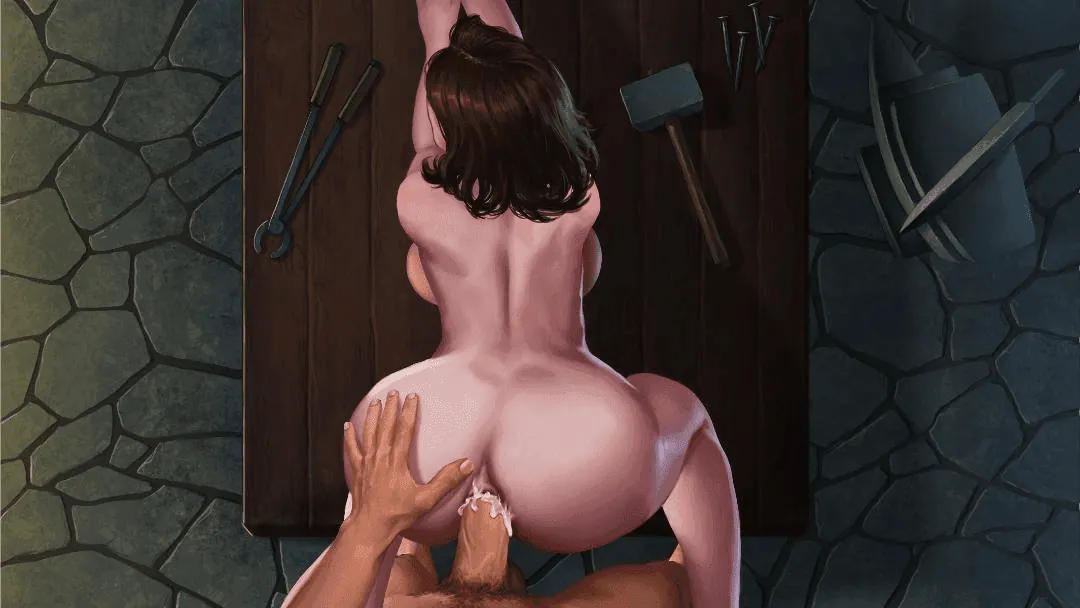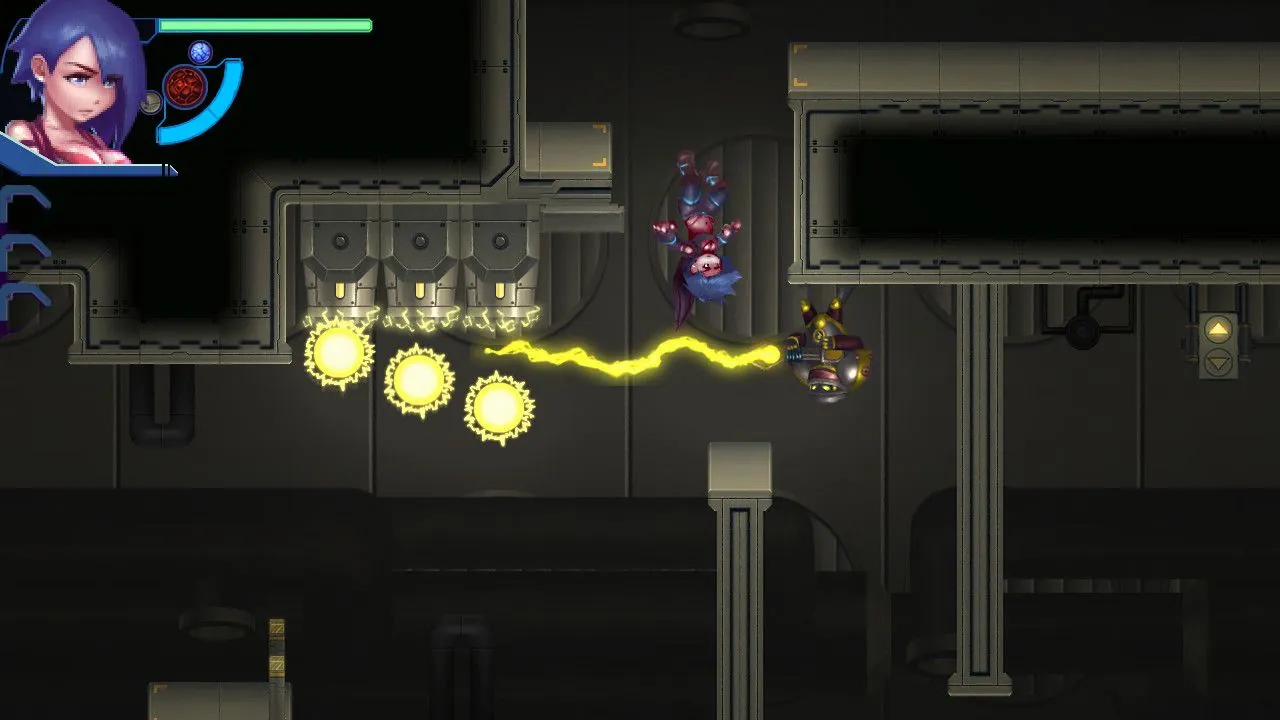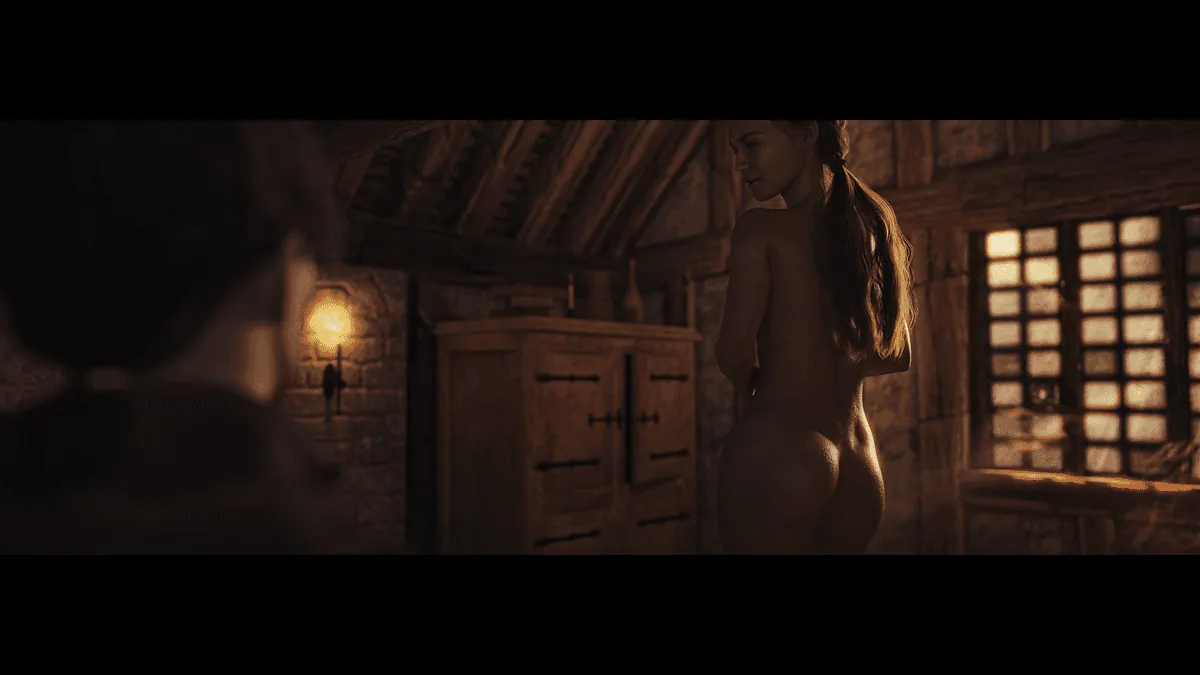
The Theater of Sinners
Play The Theater of Sinners
The Theater of Sinners review
Exploring the Features, Gameplay, and Unique Elements of The Theater of Sinners
The Theater of Sinners is a captivating game that has drawn attention for its immersive storyline and engaging gameplay. Whether you’re a newcomer or curious about what sets this title apart, this article dives deep into the core aspects of The Theater of Sinners. From its unique narrative to gameplay mechanics, we’ll explore everything you need to know to get started and enjoy the experience fully.
What Makes The Theater of Sinners Unique?
Ever stumbled into a game that completely rewires your expectations? 😲 That was my exact experience booting up The Theater of Sinners for the first time. I went in expecting a standard narrative-driven adventure and came out hours later, utterly captivated by a world that feels both hauntingly beautiful and profoundly personal. This isn’t just another title on the shelf; it’s a meticulously crafted experience that stands apart. So, what exactly makes it so special? Let’s pull back the velvet curtain and take a deep dive. 🎭
Storyline and Setting
From the very first moment, The Theater of Sinners storyline grabs you by the collar and doesn’t let go. You aren’t just a hero on a quest; you are a lost soul, an amnesiac awakening in the bowels of a gargantuan, decaying opera house that exists between worlds. This isn’t your typical fantasy realm or sci-fi metropolis. The Theater of Sinners setting explained is a character in itself—a gothic, liminal space where time seems to have stopped, and every ornate corridor and dusty stage whispers secrets of past tragedies. I remember just wandering the grand hall, not even pursuing a quest, simply absorbing the eerie atmosphere from the creak of the floorboards to the faint echoes of a forgotten aria. It’s deeply unsettling yet irresistibly compelling.
The true magic, however, lies in the narrative depth Theater of Sinners delivers. This isn’t a story told to you; it’s one you uncover. You piece together your own identity and the dark history of the Theater by interacting with its other lost inhabitants, each a “sinner” grappling with their own past misdeeds and regrets. Your choices in these dialogues aren’t about being purely good or evil. They feel more nuanced, shaping how these characters perceive you and ultimately altering the story’s trajectory. I once spent a good twenty minutes deliberating over a single conversation with the tragic character of The Ballerina, knowing my words could either offer her redemption or cement her despair. The weight of those moments is incredible.
Gameplay Mechanics and Features
If the story is the heart, the Theater of Sinners gameplay features are the robust skeleton that gives it form. At its core, the game blends exploration, environmental puzzle-solving, and tense, avoidance-based encounters. You won’t find a hack-and-slash combat system here. Instead, you must use your wits, stealth, and the environment to evade the monstrous manifestations that stalk the halls. This focus on vulnerability had me holding my breath more than once, hiding in a wardrobe while some horrific creature lumbered past the door. 😅
The most talked-about aspect is undoubtedly the unique gameplay mechanics Theater of Sinners employs. Central to everything is the “Sin & Virtue” system. Your actions and dialogue choices subtly influence an internal meter, but the game never slaps a blatant “Good +5” notification on the screen. Instead, you see the consequences play out in the world and in how other characters treat you. This system is seamlessly woven into the exploration, as your alignment can sometimes unlock previously inaccessible areas or reveal hidden truths about the environment.
Another standout Theater of Sinners gameplay feature is the use of a “Theatrical Lens”—an item you acquire early on. By peering through this lens, you can see the emotional residue left on objects and locations, witnessing ghostly echoes of past events. It’s a genius way to deliver exposition and world-building without a single line of expository dialogue. I used it on a simple, discarded music box and was treated to a heartbreaking flashback that completely changed my understanding of a character I’d just met.
To break it down, here’s a comparison of how these elements work together:
| Gameplay Feature | Narrative Impact | Player Experience |
|---|---|---|
| Sin & Virtue System | Alters character interactions and story endings | Creates a deeply personal and morally complex journey |
| Theatrical Lens | Reveals hidden backstory and lore | Turns exploration into an active investigation |
| Stealth & Avoidance | Emphasizes vulnerability, not power | Builds constant tension and dread |
| Environmental Puzzles | Often tied to a sinner’s personal tragedy | Makes progression feel meaningful and thematic |
Visual and Audio Design
You simply cannot talk about this game without praising its incredible atmosphere, which is born from a perfect marriage of its Theater of Sinners visual design and sound. Visually, the game is a masterpiece of decayed grandeur. The art direction leans into a muted color palette of deep reds, shadowy blues, and burnished golds, all crumbling under layers of dust and neglect. The attention to detail is staggering—from the way light filters through a broken stained-glass window to the intricate patterns on a moth-eaten velvet curtain. It’s a world you want to just stop and screenshot every five minutes. 📸
The Theater of Sinners visual design isn’t just about being pretty; it’s intensely purposeful. Each wing of the theater reflects the sin of its primary inhabitant. A gluttonous character’s domain is littered with rotting feasts and oversized cutlery, while a prideful one resides in a hall of broken mirrors. This visual storytelling powerfully reinforces the narrative without a word being spoken.
And then there’s the sound. Oh, the sound! The immersive game audio Theater of Sinners provides is arguably one of its strongest features. I highly recommend playing with headphones. 🎧 The soundtrack is a haunting mix of melancholic classical pieces and unsettling ambient noise, but it’s the positional audio that truly shines. You can hear the faint sobbing of a character rooms away, the distinct, unsettling click-clack of a monster’s footsteps approaching from a specific hallway, and the creak of the entire building settling around you. This incredible audio design doesn’t just accompany the action; it is the action, guiding your fear, your curiosity, and your path forward. There was a moment where I navigated through a pitch-black section using only sound, my heart pounding in my ears, and it was one of the most tense and memorable gaming experiences I’ve had.
Ultimately, The Theater of Sinners is unique because it is a complete package where every element—story, gameplay, sight, and sound—works in perfect harmony to create an unforgettable, emotionally resonant experience. It’s a game that trusts its players, challenges their morals, and immerses them in a world that lingers long after the final curtain falls. ✨
The Theater of Sinners offers a compelling blend of rich storytelling, engaging gameplay, and immersive design that captivates players from start to finish. Its unique features and atmospheric presentation make it a standout title worth exploring. Whether you’re seeking an intriguing narrative or innovative gameplay, this game delivers on multiple fronts. Dive in and experience the world of The Theater of Sinners for yourself—you won’t be disappointed.





















